Business
Trump says tariffs on China will remain until trade imbalance is corrected

 MxM News
MxM News
Quick Hit:
President Trump said Sunday he won’t make a tariff deal with China unless its $1 trillion trade surplus with the U.S. is balanced. Speaking aboard Air Force One, he called the deficit “not sustainable” and said tariffs are already driving a wave of investment back to America.
Key Details:
-
Trump told reporters the U.S. has “a $1 trillion trade deficit with China,” adding, “hundreds of billions of dollars a year we lose to China, and unless we solve that problem, I’m not going to make a deal.” He insisted any agreement must begin with fixing that imbalance.
-
The president said tariffs are generating “levels that we’ve never seen before” of private investment, claiming $7 trillion has already been committed in areas like auto manufacturing and chip production, with companies returning to places like North Carolina, Detroit, and Illinois.
-
On Truth Social Sunday night, Trump wrote: “The only way this problem can be cured is with TARIFFS… a beautiful thing to behold.” He accused President Biden of allowing trade surpluses to grow and pledged, “We are going to reverse it, and reverse it QUICKLY.”
Diving Deeper:
President Donald Trump reaffirmed his tough trade stance on Sunday, telling reporters that he won’t negotiate any new deal with China unless the massive trade deficit is addressed. “We have a $1 trillion trade deficit with China. Hundreds of billions of dollars a year we lose to China, and unless we solve that problem, I’m not going to make a deal,” Trump said while aboard Air Force One.
He emphasized that while some countries have deficits in the billions, China’s trade advantage over the U.S. exceeds a trillion dollars and remains the most severe. “We have a tremendous deficit problem with China… I want that solved,” he said. “A deficit is a loss. We’re going to have surpluses, or we’re, at worst, going to be breaking even.”
Trump touted the impact of tariffs already in place, pointing to an estimated $7 trillion in committed investments flowing into the U.S. economy. He highlighted growth in the automotive and semiconductor sectors in particular, and said companies are now bringing operations back to American soil—citing North Carolina, Detroit, and Illinois as examples.
He also claimed world leaders in Europe and Asia are eager to strike deals with the U.S., but he’s holding firm. “They’re dying to make a deal,” he said, “but as long as there are deficits, I’m not going to do that.”
Trump projected that tariffs would add another $1 trillion to federal revenues by next year and help re-establish the U.S. as the world’s top economic power. “Our country has gotten a lot stronger,” Trump said. “Eventually it’ll be a country like no other… the most dominant country, economically, in the world, which is what it should be.”
Later Sunday night, Trump doubled down in a Truth Social post, writing, “We have massive Financial Deficits with China, the European Union, and many others. The only way this problem can be cured is with TARIFFS, which are now bringing Tens of Billions of Dollars into the U.S.A.” He added that trade surpluses have grown under Joe Biden and vowed to reverse them “QUICKLY.”
Business
Bill Gates Gets Mugged By Reality


From the Daily Caller News Foundation
You’ve probably heard by now the blockbuster news that Microsoft founder Bill Gates, one of the richest people to ever walk the planet, has had a change of heart on climate change.
For several decades Gates poured billions of dollars into the climate industrial complex.
Some conservatives have sniffed that Bill Gates has shifted his position on climate change because he and Microsoft have invested heavily in energy intensive data centers.
AI and robotics will triple our electric power needs over the next 15 years. And you can’t get that from windmills.
What Bill Gates has done is courageous and praiseworthy. It’s not many people of his stature that will admit that they were wrong. Al Gore certainly hasn’t. My wife says I never do.
Although I’ve only once met Bill Gates, I’ve read his latest statements on global warming. He still endorses the need for communal action (which won’t work), but he has sensibly disassociated himself from the increasingly radical and economically destructive dictates from the green movement. For that, the left has tossed him out of their tent as a “traitor.”
I wish to highlight several critical insights that should be the starting point for constructive debate that every clear-minded thinker on either side of the issue should embrace.
(1) It’s time to put human welfare at the center of our climate policies. This includes improving agriculture and health in poor countries.
(2) Countries should be encouraged to grow their economies even if that means a reliance on fossil fuels like natural gas. Economic growth is essential to human progress.
(3) Although climate change will hurt poor people, for the vast majority of them it will not be the only or even the biggest threat to their lives and welfare. The biggest problems are poverty and disease.
I would add to these wise declarations two inconvenient truths: First: the solution to changing temperatures and weather patterns is technological progress. A far fewer percentage of people die of severe weather events today than 50 or 100 or 1,000 years ago.
Second, energy is the master resource and to deny people reliable and affordable energy is to keep them poor and vulnerable – and this is inhumane.
If Bill Gates were to start directing even a small fraction of his foundation funds to ensuring everyone on the planet has access to electric power and safe drinking water, it would do more for humanity than all of the hundreds of billions that governments and foundations have devoted to climate programs that have failed to change the globe’s temperature.
Stephen Moore is a co-founder of Unleash Prosperity and a former Trump senior economic advisor.
Automotive
Elon Musk Poised To Become World’s First Trillionaire After Shareholder Vote
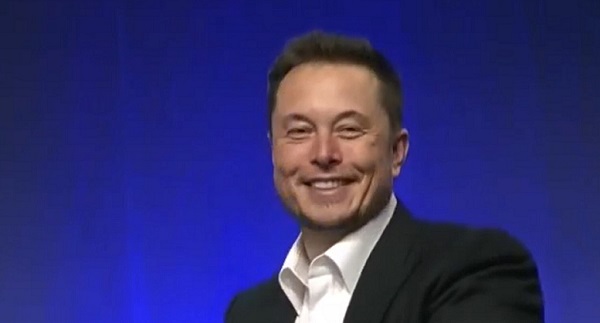

From the Daily Caller News Foundation
At Tesla’s Austin headquarters, investors backed Musk’s 12-step plan that ties his potential trillion-dollar payout to a series of aggressive financial and operational milestones, including raising the company’s valuation from roughly $1.4 trillion to $8.5 trillion and selling one million humanoid robots within a decade. Musk hailed the outcome as a turning point for Tesla’s future.
“What we’re about to embark upon is not merely a new chapter of the future of Tesla but a whole new book,” Musk said, as The New York Times reported.
Dear Readers:
As a nonprofit, we are dependent on the generosity of our readers.
Please consider making a small donation of any amount here.
Thank you!
The decision cements investor confidence in Musk’s “moonshot” management style and reinforces the belief that Tesla’s success depends heavily on its founder and his leadership.
Tesla Annual meeting starting now
https://t.co/j1KHf3k6ch— Elon Musk (@elonmusk) November 6, 2025
“Those who claim the plan is ‘too large’ ignore the scale of ambition that has historically defined Tesla’s trajectory,” the Florida State Board of Administration said in a securities filing describing why it voted for Mr. Musk’s pay plan. “A company that went from near bankruptcy to global leadership in E.V.s and clean energy under similar frameworks has earned the right to use incentive models that reward moonshot performance.”
Investors like Ark Invest CEO Cathie Wood defended Tesla’s decision, saying the plan aligns shareholder rewards with company performance.
“I do not understand why investors are voting against Elon’s pay package when they and their clients would benefit enormously if he and his incredible team meet such high goals,” Wood wrote on X.
Norway’s sovereign wealth fund, Norges Bank Investment Management — one of Tesla’s largest shareholders — broke ranks, however, and voted against the pay plan, saying that the package was excessive.
“While we appreciate the significant value created under Mr. Musk’s visionary role, we are concerned about the total size of the award, dilution, and lack of mitigation of key person risk,” the firm said.
The vote comes months after Musk wrapped up his short-lived government role under President Donald Trump. In February, Musk and his Department of Government Efficiency (DOGE) team sparked a firestorm when they announced plans to eliminate the U.S. Agency for International Development, drawing backlash from Democrats and prompting protests targeting Musk and his companies, including Tesla.
Back in May, Musk announced that his “scheduled time” leading DOGE had ended.
-
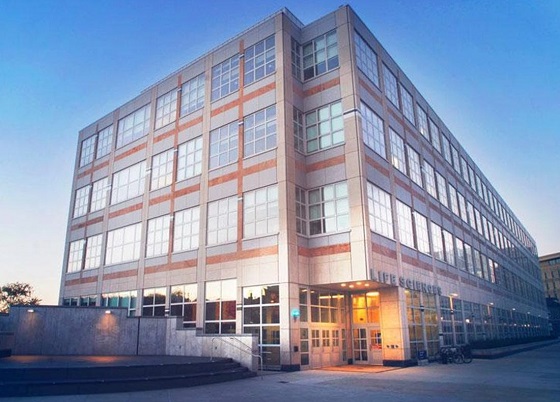
 espionage2 days ago
espionage2 days agoU.S. Charges Three More Chinese Scholars in Wuhan Bio-Smuggling Case, Citing Pattern of Foreign Exploitation in American Research Labs
-
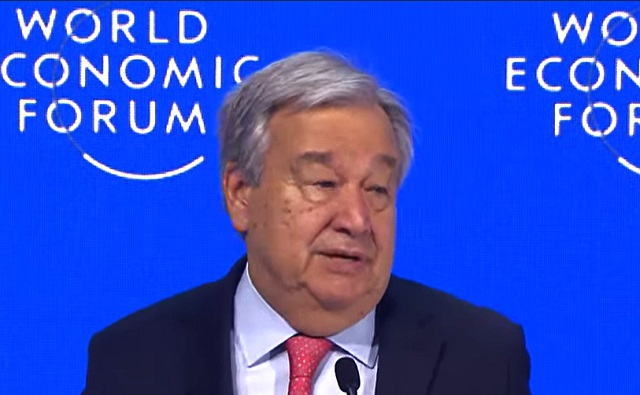
 Daily Caller2 days ago
Daily Caller2 days agoUN Chief Rages Against Dying Of Climate Alarm Light
-
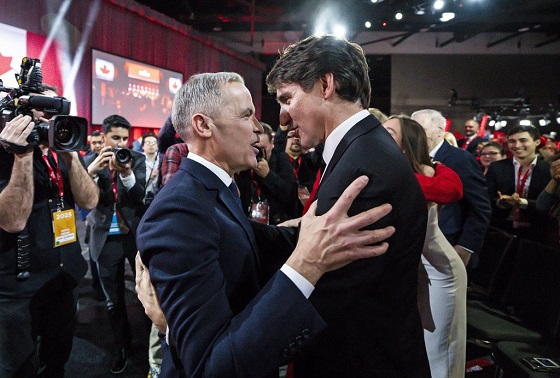
 Business1 day ago
Business1 day agoCarney budget doubles down on Trudeau-era policies
-

 COVID-191 day ago
COVID-191 day agoCrown still working to put Lich and Barber in jail
-

 Business1 day ago
Business1 day agoCarney budget continues misguided ‘Build Canada Homes’ approach
-
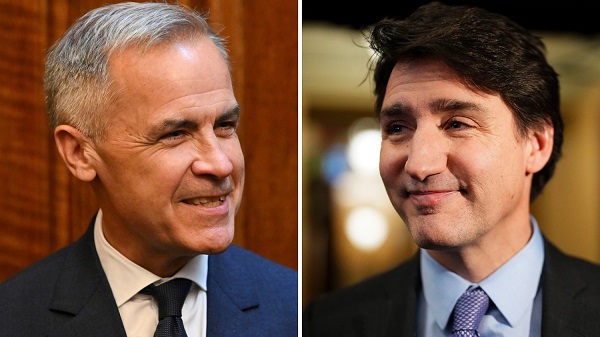
 Business19 hours ago
Business19 hours agoCarney’s Deficit Numbers Deserve Scrutiny After Trudeau’s Forecasting Failures
-

 Business2 days ago
Business2 days agoU.S. Supreme Court frosty on Trump’s tariff power as world watches
-
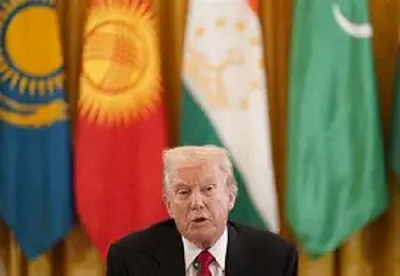
 International19 hours ago
International19 hours agoKazakhstan joins Abraham Accords, Trump says more nations lining up for peace







